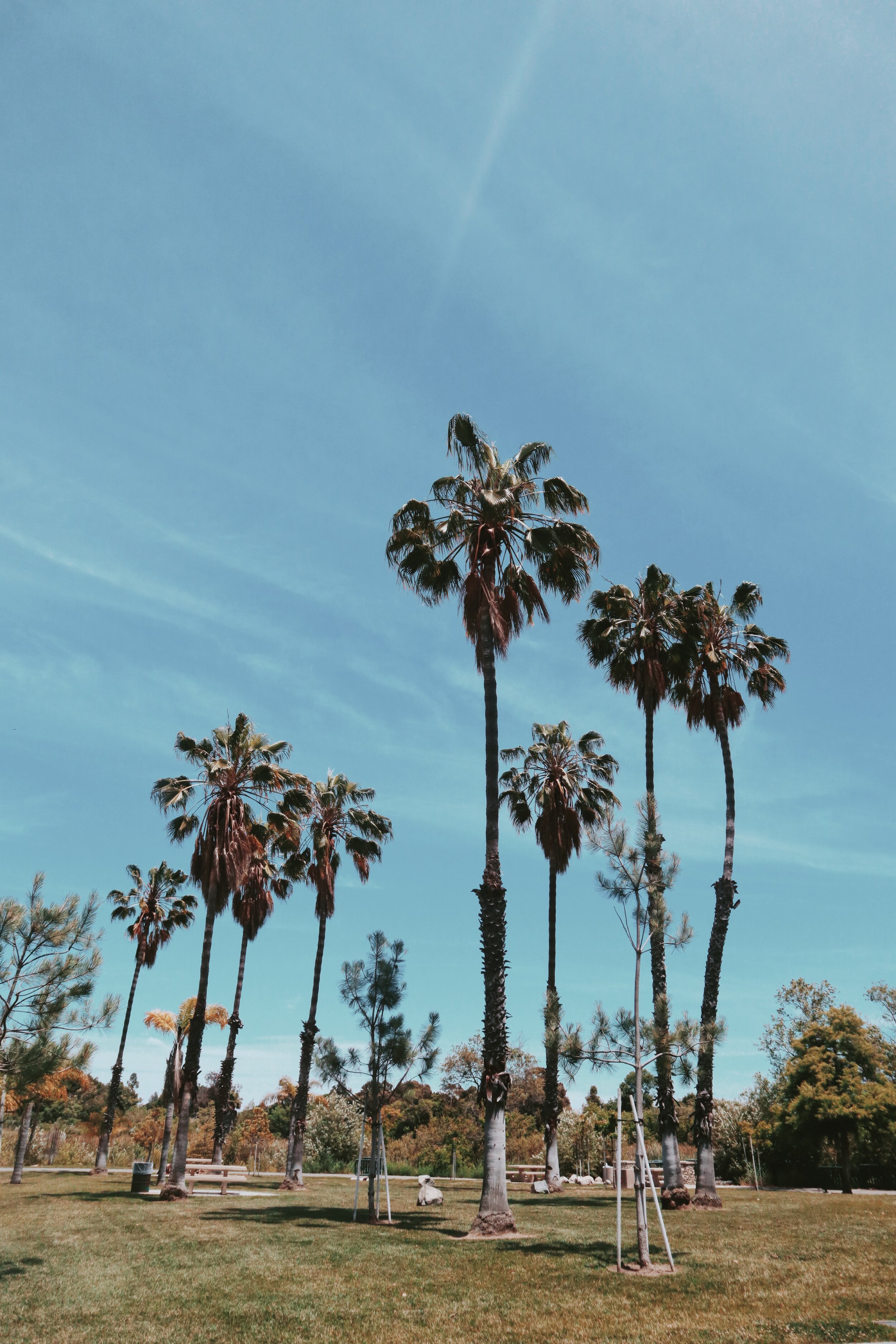Here’s the thing about walking towards justice. You pick a path, whether it’s gender or race or sustainability, and inevitably, it connects with all the other paths.
Here’s a short summary of how I discovered just how connected the pursuit of racial justice and environmental justice are:
🌿
It can be easy to think of environmentalist movements as very white, especially when you look at the marketing of sustainably branded products, the ZIP codes where natural grocers are located, or the fact that nearly 90% of leadership roles in environmental organizations are filled by white people. These are actually symptoms of environmental racism and they obscure how connected these issues are.
In reality, racism puts BIPOC communities at the front lines of environmental injustice, both domestically and globally. Majority Black and Brown countries are the most affected by climate change, deforestation, and rising seas. Black and Hispanic neighborhoods see the worst pollution in the US. And indigenous communities manage most of the Earth’s biodiversity.
🌿
The most effective solutions to these problems usually come from the leaders of these communities, but racism keeps them occupied in the struggle for survival across other fronts.
🌳🌲🌳
If you’ve been invested in either of these causes, but haven’t taken much time to look into the other, it’s a good time to start. I can’t say it any better than Ayana Elizabeth Johnson — if we don’t work on both, we’ll succeed at neither!
🌲🌳🌲
This is a repost of an info slider I made for Plant With Purpose and shared over there the other week. I’m eager to continue digging deeper to integrate two of the causes I’m most invested in. If you’re more interested in the crossroads of faith, justice, and the environment, give us a follow over there— we get to plant a tree with each new face!









